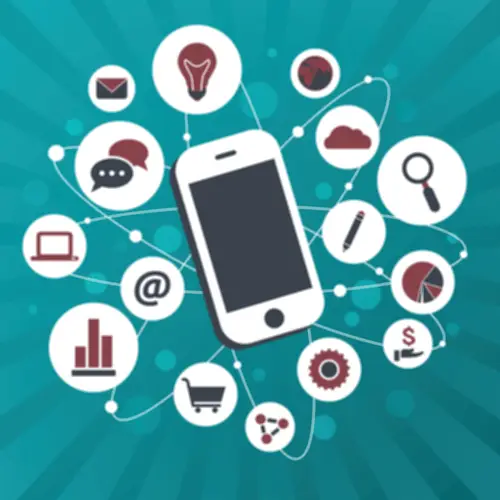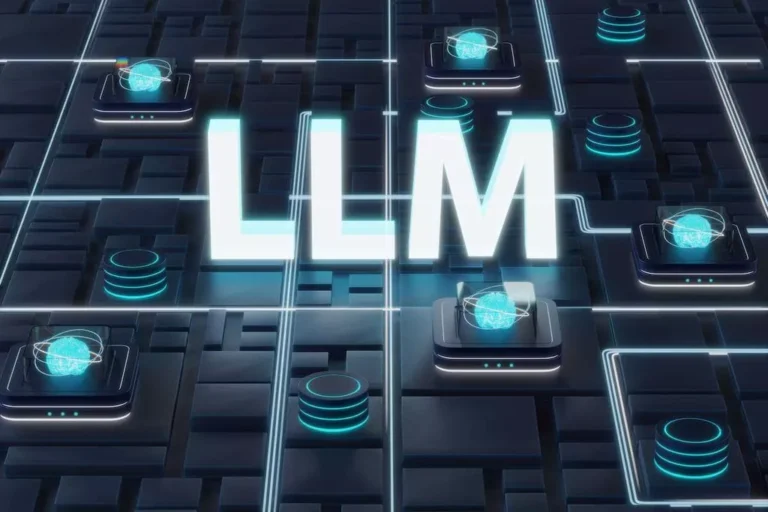Edge Computing Vs Fog Computing Vs Cloud Computing
The primary distinction amongst edge, fog, and cloud computing lies in their knowledge processing locations, which basically affects their operational models and purposes. Edge computing is the processing of sensor knowledge away from centralized nodes and near to the network’s logical edge, towards individual data sources. In other words, somewhat than sending all the data to the cloud for evaluation and action, this process occurs a lot nearer to the source of the info. Edge computing removes the hassle of needing connectivity and might immediately break down information into helpful pieces of information cloud vs fog computing to be used on the supply. If the info isn’t getting used as half of a bigger system but instead to tell a selected piece of equipment or facility solely, edge computing is a superb answer. There’s no waiting on potential upkeep purple flags from headquarters or offsite personnel.
Cloud Vs Edge Fog Computing: Options Compared
Our extremely qualified specialists have vast experience in IT consulting and customized software growth. This weblog covers numerous subjects on industrial automation similar to operations & administration, continuous & batch processing, connectivity, manufacturing & machine control, and Industry four.0. Scale Computing and G2 collaborate on this infographic to elucidate why organizations search server virtualization alternatives, and compares Scale Computing Platform and VSphere side-by-side. World’s finest Cloud Training & Cloud consulting providers company presents providers in Cloud, DevOps, AI & ML, IoT, Data analytics and Cloud Security to midsize and enterprise shoppers worldwide. Abhresh is specialized as a company trainer, He has a decade of expertise in technical training blended with digital webinars and instructor-led session created programs, tutorials, and articles for organizations. He can be the founder of Nikasio.com, which presents multiple providers in technical coaching, project consulting, content growth, etc.
Ask The Automation Pros: The Need And Use Of Simulation In Course Of Management
These techniques use sensors and cameras to watch site visitors flow in actual time at intersections. The information collected by these gadgets is processed regionally at fog nodes, enabling the traffic lights to adjust their patterns instantaneously to cut back congestion and improve traffic move. This instant knowledge processing on the edge drastically cuts down the time it would take to send information to the cloud and again, demonstrating the effectiveness of fog computing in managing real-time, data-intensive tasks.

Cloud Computing Vs Fog Computing: Detailed Comparison

Fog computing is a decentralized processing and storage structure for the Internet of Things (IoT), in which information, purposes, and other providers are distributed in areas between finish devices and the cloud or knowledge center. Fog computing strikes knowledge processing and decision-making nearer to where it’s wanted, enabling real-time choices; decreasing latency, jitter, and bandwidth requirements; and bringing new ranges of safety and privateness. Both make the most of networks of data facilities which might be distributed throughout completely different locations, permitting for elevated mobility and flexibility in accessing data. Whereas cloud computing depends closely on centralized servers and communication channels, Fog computing spreads sources extra evenly throughout the network.
This alignment ensures that organizations can leverage the complete potential of digital technologies whereas mitigating inherent risks and optimizing operational effectivity. Cloud computing, in distinction, relies on remote servers situated in knowledge centers, potentially 1000’s of miles away from the data source. This centralized mannequin can introduce significant latency but presents vast storage and processing capabilities. That being said, one must understand the performance and effectiveness of cloud, edge, or fog computing solutions can be significantly influenced by the capabilities and options of the local devices involved. Limiting factors include the device’s processing power, reminiscence, and storage capabilities; location and latency concerns; knowledge transfer capacity; and the scalability and overall suitability for the task at hand.
This localized method additionally minimizes latency and bandwidth utilization, potentially providing value savings for purposes that require real-time processing. There are some key differences by means of where these services are actually located. Whereas cloud computing refers specifically to storing knowledge in huge server farms that are hosted by third-party companies, fog computing relies on smaller native devices such as routers, switches, and different networking hardware.
In this utility, edge information centers, like their bigger cousins, will present the underlying platform to agnostically support fog community operations be they from Cisco, EMC, VMware or Intel. On the other hand, edge, and fog computing frameworks are finest suited if your corporation offers applications that require fast responses for accurate decision-making in real-time. The processing energy and storage ability of edge computing is the least among the three. Another crucial similarity amongst cloud, fog, and edge computing is their alignment with regulatory compliance standards.
- Cloud computing relies heavily on centralized servers which are positioned far away from customers, which may lead to slower response instances and lag.
- In my opinion, the term “hybrid cloud,” was an invention of inventive hardware distributors to market their on-premises products in the new “hip” way.
- Connecting your organization to the cloud, you get access to the above-mentioned providers from any location and through different units.
- It extends the capabilities of edge computing by offering a layer of computing infrastructure between the sting units and the cloud.
- As such, fog computing provides significantly faster and extra responsive efficiency than traditional cloud computing methods.
The localized knowledge processing additionally bodes nicely for vitality effectivity and lowers general information transmission prices. An example of cloud computing in motion is using online companies like Google Drive. Google Drive allows users to save heaps of files to the cloud, edit documents, spreadsheets, and presentations with collaborators in real-time, and entry their recordsdata from anyplace on the planet with an web connection. Since data is processed at an area stage somewhat than being routed via a central server, there could be less distance for data to journey and fewer time needed for processing. As such, fog computing offers significantly sooner and more responsive efficiency than conventional cloud computing systems.
The Internet of Things is a continuously rising business that requires extra environment friendly methods to handle data transmission and processing. Connecting your company to the cloud, you get entry to the above-mentioned providers from any location and through different devices. Moreover, there is no need to take care of local servers and worry about downtimes — the vendor helps everything for you, saving you money.

Cisco estimates that by the end of 2019, IoT will generate more than 500 zettabytes (500 trillion gigabytes) per year in knowledge. A lot of that information might be despatched to the cloud to be processed, examined, analyzed, digested and finally acted upon. Cloud computing allows firms to keep away from or reduce upfront IT infrastructure prices and lets them concentrate on their core businesses as an alternative of spending resources on pc infrastructure and upkeep.
When evaluating edge, fog, and cloud computing from a value perspective, a quantity of elements come into play. Initial setup prices, ongoing operational bills, and the necessity for specialized hardware or infrastructure all contribute to the entire cost of possession for each computing model. Therefore, the choice between edge, fog, and cloud computing depends on the specific needs of the applying, particularly concerning speed, quantity, and processing power.
The info is upfront, and there is no delay from processing it elsewhere. The edge is the king of non-connectivity and is often the correct resolution for operators in far-removed locations. For those working in a barely more centralized and linked manner, there could be sometimes a extra appropriate resolution.
Edge computing is a computing structure that goals to convey computing nearer to the source of information. It is predicated on the concept of processing knowledge on the edge of the community, as opposed to within the cloud or in a centralized data middle. The thought behind edge computing is to reduce the amount of knowledge that needs to be sent to the cloud or a central server for processing, thereby reducing network latency and enhancing general system performance.
Transform Your Business With AI Software Development Solutions https://www.globalcloudteam.com/

